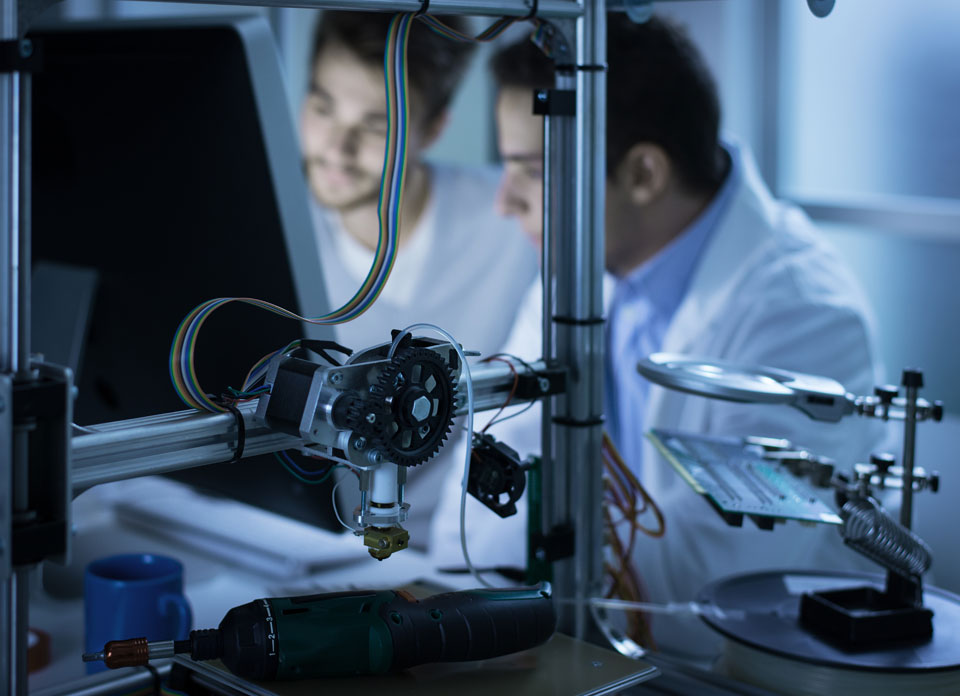The Critical Role of Electronic Components in the Medical Manufacturing Industry
Meta Description:
Discover why electronic components are essential in medical manufacturing. Learn how they power innovation, safety, and performance in lifesaving healthcare devices.
The medical manufacturing industry is undergoing rapid technological advancement. From diagnostic imaging systems to lifesupport machines and wearable health monitors, electronic components are at the core of nearly every modern medical device. These small but powerful elements are the foundation of innovation in healthcare, enabling greater precision, efficiency, and patient safety.

Why Electronic Components Matter in Medical Manufacturing
Precision and Reliability in LifeCritical Devices
In medical environments, there is zero tolerance for error. Electronic components such as microcontrollers, sensors, capacitors, resistors, and integrated circuits (ICs) must meet strict standards to ensure reliable performance. Devices like defibrillators, pacemakers, infusion pumps, and ventilators depend on stable and accurate electronic control systems to function properly.
Enabling RealTime Monitoring and Diagnostics
Advanced medical equipment relies heavily on electronic components for data acquisition, processing, and communication. For example, in MRI machines, ECG monitors, and portable ultrasound devices, sensors and signal processing chips are used to collect and analyze patient data in realtime. This enables quicker diagnoses and more effective treatment plans.
Miniaturization of Medical Devices
With the demand for portable and wearable medical technology growing, miniaturized electronic components play a vital role. Components like surfacemount devices (SMDs) and flexible printed circuit boards (PCBs) allow manufacturers to produce compact, lightweight, and ergonomic devices such as hearing aids, glucose monitors, and smartwatches.
Meeting Stringent Regulatory Standards
Electronic components used in medical manufacturing must comply with international standards such as ISO 13485, RoHS, and IEC 60601. Highquality component suppliers ensure traceability, biocompatibility, and electromagnetic compatibility (EMC), which are critical for gaining FDA or CE approval.
Key Applications of Electronic Components in Healthcare
Imaging Systems (CT, MRI, XRay): Use highvoltage capacitors, analog/digital converters, and memory chips.
Patient Monitoring Systems: Rely on biosensors, microcontrollers, and wireless transceivers.
Surgical Equipment: Includes electrosurgical units and robotic systems with motion control ICs and power electronics.
Laboratory Equipment: Uses precision timers, measurement ICs, and temperature control modules.
Home Healthcare Devices: Incorporates Bluetooth modules, rechargeable batteries, and microprocessors.
The Future of Electronic Components in MedTech
As technologies like AI, IoT, and telemedicine evolve, the demand for advanced electronic components will continue to rise. Innovations in semiconductor design, flexible electronics, and energyefficient circuits will open new frontiers in remote patient monitoring, smart implants, and automated diagnostics.
Conclusion
Electronic components are not just supporting elements—they are the heartbeat of medical manufacturing. Without them, the innovation and reliability we expect from modern healthcare systems would not be possible. Choosing the right components and trusted suppliers is crucial for ensuring product quality, regulatory compliance, and most importantly, saving lives.
electronic components in medical devices, medical manufacturing electronics, importance of electronic parts in healthcare, electronic component suppliers, medtech innovation, healthcare electronics manufacturing